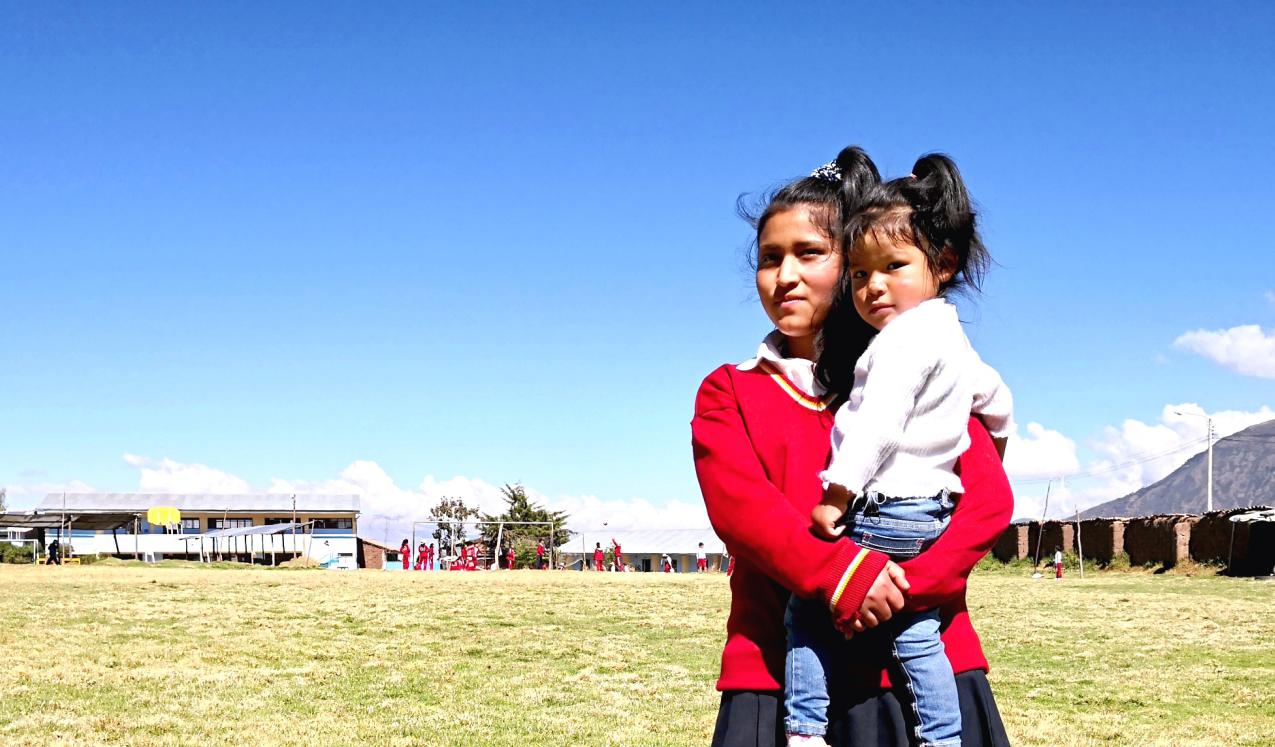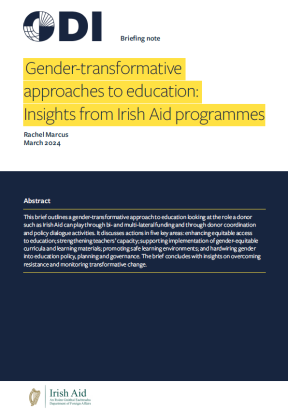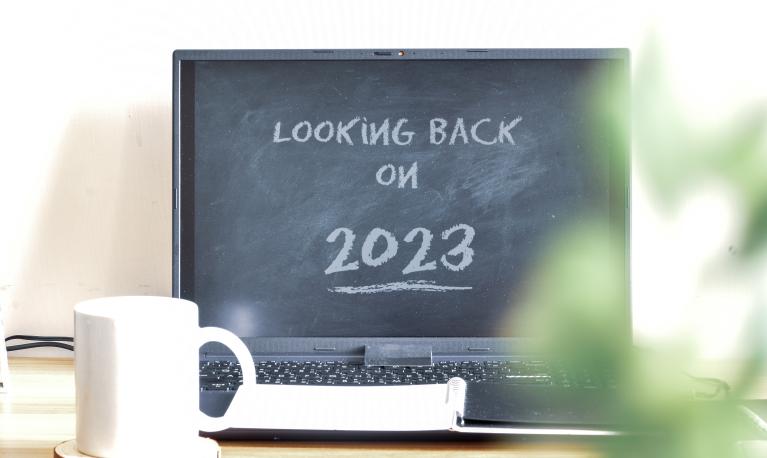
- Briefing paper
- 17 April 2019
Projecting Futures: Exploring teachers’ and students’ perspectives on gender in rural Peru
- Author: Melissa Wong Oviedo, Paul Spurzem
- Published by: ALIGN
This research was undertaken as part of ALIGN’s Research Fund which supports small-scale action research or research translation projects focused on advancing knowledge and evidence on gender norms across a wide range of contexts.
The Projecting Futures project had two main research components. The first examined dominant gender-based attitudes and expectations held by separate groups of male students, female students and teachers participating (intervention) and not participating (control) in the VfS programme. The second research component sought to identify the impact of VfS on gender norms by comparing the attitudes of intervention and control participants, as well as using data from surveys of VfS students (n=275) and teachers (n=8) before and after participating in the programme. This briefing note outlines the results of the research efforts and what they mean for gender-norm change in the secondary school context in rural Peru.
Key messages
- Gender-related norms and expectations can either inhibit or serve to empower the lives of boys and girls. The Advancing Learning and Innovation on Gender Norms (ALIGN) programme sought to assess the impact of the Visionaria for Schools (VfS) initiative on gender norms and attitudes of teachers’ and students’ future aspirations, behaviour and important life decisions in rural secondary schools in Cusco, Peru.
- While traditional gender norms marked differences in expectations for and by students, VfS has enabled students and teachers to reflect more consciously on gender norms and has given participants a stronger sense of decision-making autonomy.
- To affect change, clear and consistent educational policies are needed regarding gender and gender equality. Educational institutions need to be supported in understanding gender bias through measures such as teacher training and lesson plans so that gender-based social norms in the classroom can change.
- Tags:
- Education, Funding round 1
- Countries / Regions:
- Peru
Related resources
Briefing paper
2 April 2024

Blog
8 January 2024

Blog
23 August 2023
